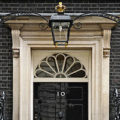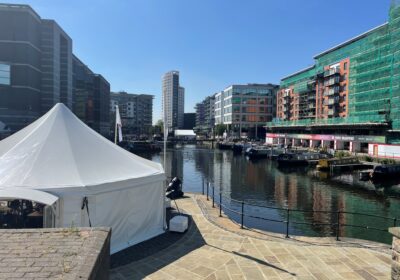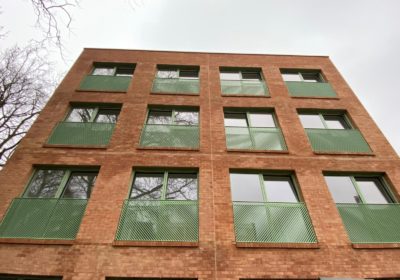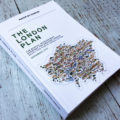When launching the Government’s new Office for Place, Robert Jenrick made it clear he disproved of the development industry’s use of lawyers and consultants to overpower residents to get their way. This is a misrepresentation of what is actually at play. It is not the developers that created a system of such complexity that it requires such a range of advice to navigate– it is politicians! If planning was less complicated, less legalistic and less contentious then there would be fewer of these expensive advisers that the Secretary of the State so dislikes and perhaps a few more homes built too.
That said, the objectives of the Government’s new design codes are laudable. Their vision includes reducing policy at a local level, increasing digitisation and making planning more visual and creative. This is a good direction if it can be underwired with enough land and housing data to support growth.
However, a renewed emphasis on design and beauty will only succeed if wider reform is also achieved. If planning reform flounders, then it’s another document among a whole range of documents. This will add more complexity, not less. One wonders whether it would have been more logical for this to all come forward as one.
The other critical element is to ensure that design codes are created which marry housing demand, resident engagement and professional input. They must not become tools of the few to obstruct the many.
There are other challenges. Design codes that are too prescriptive may mean we lose architectural diversity and design innovation. There is also the added danger that design codes become all things to all people, large documents which are dense and difficult to navigate. Sounds familiar with what we have now.
Done well though, design codes can place architectural quality back as a central consideration of planning. There is evidence the system doesn’t prioritise quality as highly as it should. Research Pocket Living conducted with Litchfields in 2020 of sites in London showed that architecture and design considerations were only a primary issue in less than 20% of applications. The majority of planners’ time was spent focusing on negotiating affordable housing, tenure and viability issues.
The issue here is that urban design officers have reduced in number across many Local Authorities. When I was a councillor in Wandsworth, the Council had a relatively large urban design capability but this has been reduced over the years to make way for more general development management processing. The knowledge base built up around local architecture and the history of place has been eroded and will not easily be replaced.
If you read the reforms more widely, there is a shift away from policy making at council level and a shift toward code creation. This is a different skillset and will require a shift in local council capability. This will take time to bed in. Design codes should not become policy by backdoor as councils attempt to stay with the familiar.
Good developers place a great deal of emphasis on design. Good design that leads to good places means people want to live in the homes we have built. So, if the system rewards good design then it will deliver good design.
However, we know that the current system doesn’t really do this. Pocket has a high level of design competency and is known for its approach to quality. A central ingredient is we have wanted to gain support from local communities and create winning buildings for our residents; a Council led design code wasn’t the driving force. Despite our efforts like all developers the planning system is a rough ride because of its inability to be flexible on tenure and housing mix and the vast range of policies required to be met. The message that we have over a decade of experience building beautiful buildings hardly registers.
To change this, design needs to be placed much higher in the hierarchy of asks. I am not convinced the Government really gets this point. Jenrick says it is a simple trade off being new homes and design but it is a much more complex trade off with many other elements at play – affordable housing, tenure, land constraints, resident opposition, day light and sunlight, build cost and environment. There so many issues which need consideration and this is why design has fallen down the pecking order. It’s not so much the lack of design codes that has stopped Britain building beautiful, it’s that we have forgotten what the planning system should be about.








